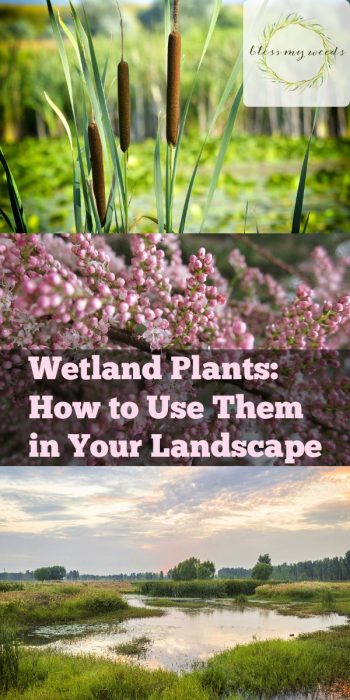
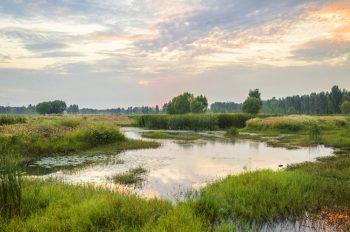
Welcome back! Today we are talking about wetland plants. If you’re familiar with wetland areas, you know that these are areas where water collects. Wetland plants are typically found in marshes, bogs, and other swampy areas. Wetland plants are also commonly found near rivers, streams and lakes. In a home garden landscape, wetland plants are great in a rain garden. See our post for more information on establishing a home rain garden.
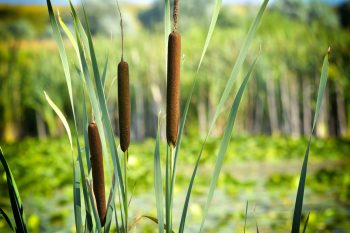
Cattail is one of the most widely recognized of the wetland plants. They aren’t hard to spot in any wetland landscape. Cattails grow anywhere from 3 to 9 feet tall! Cattails also grow in groups. Each plant in a group of cattails is connected to each other through underground roots known as rhizomes. They get their name from the dense collection of tiny brown flowers at the top. Some people think the flowers look more like sausages. You might agree with me that cattail is a much better name!
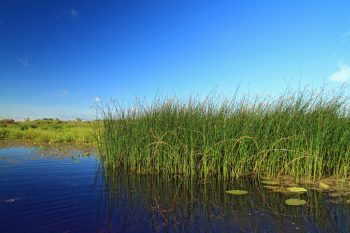
Grasses are the most common of all wetland plants. If you have a wet area of your landscape where erosion is a problem, grasses are the right plant to grow there. Grasses play the important role of protecting soil on the edges of wetland areas from erosion. The roots of wetland grasses are what hold the soil in place and give it stability.
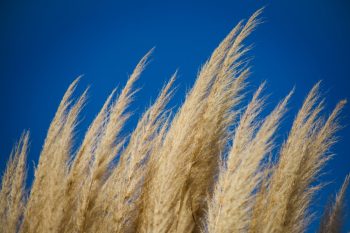
Bulrushes grow in wetland areas. They are widely used in wetland landscapes for their large seed heads. The seed heads are an important food source for many types of waterfowl. Birds also benefit from bulrush seed heads. They use the seed heads for building nests.
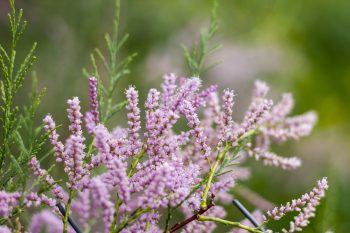
Tamarisk dispels the notion that wetland plants only come in shades of brown and green. It has feathery pink and/or white foliage that is quite pretty. Tamarisk loves to grow at the edge of wet areas. The feathery foliage provides an important wind break for wetland wildlife and insects.
There you have just a few of the most common wetland plants and how to use them in a wetland landscape. Happy planting!
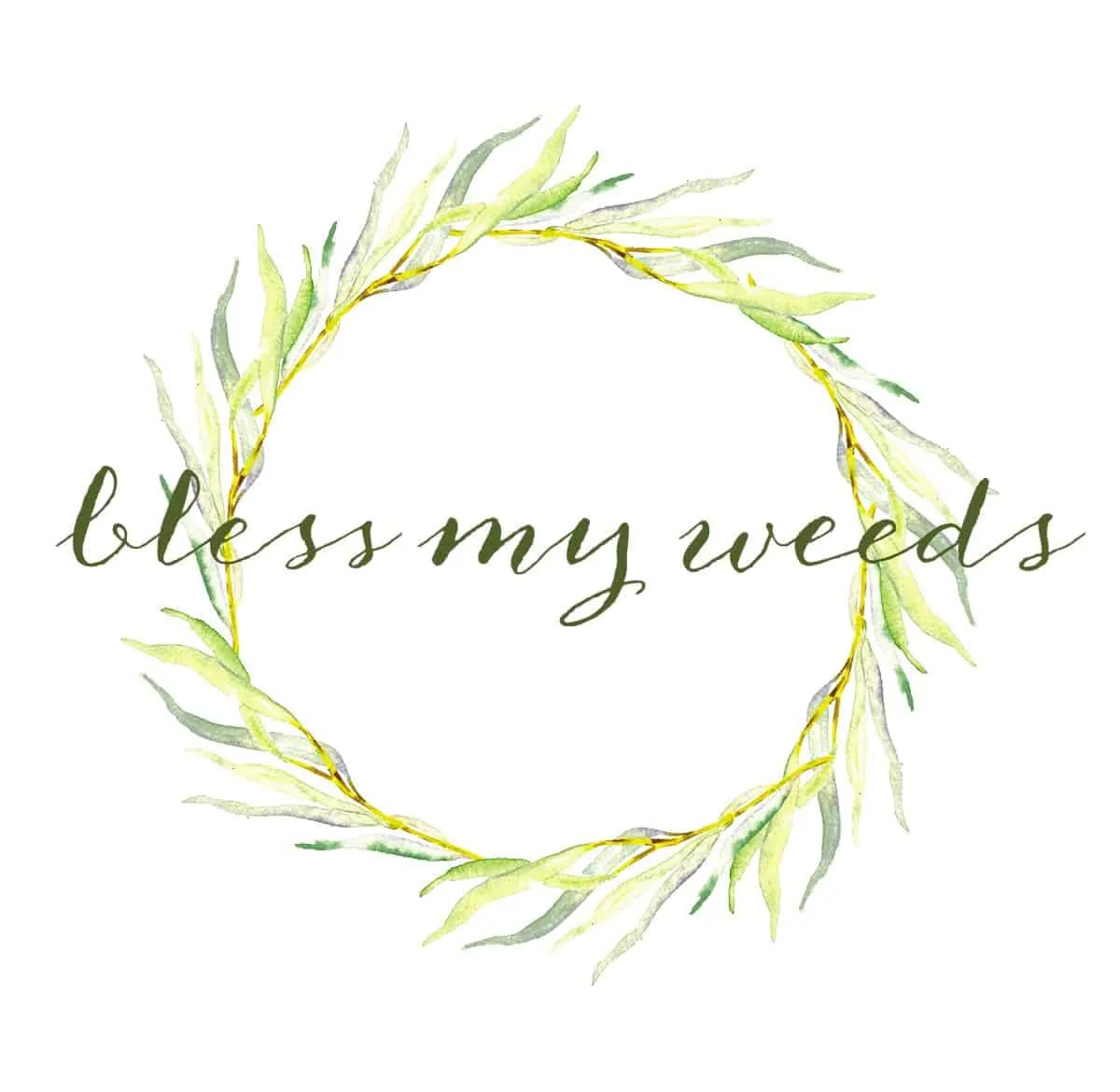
Leave a Reply